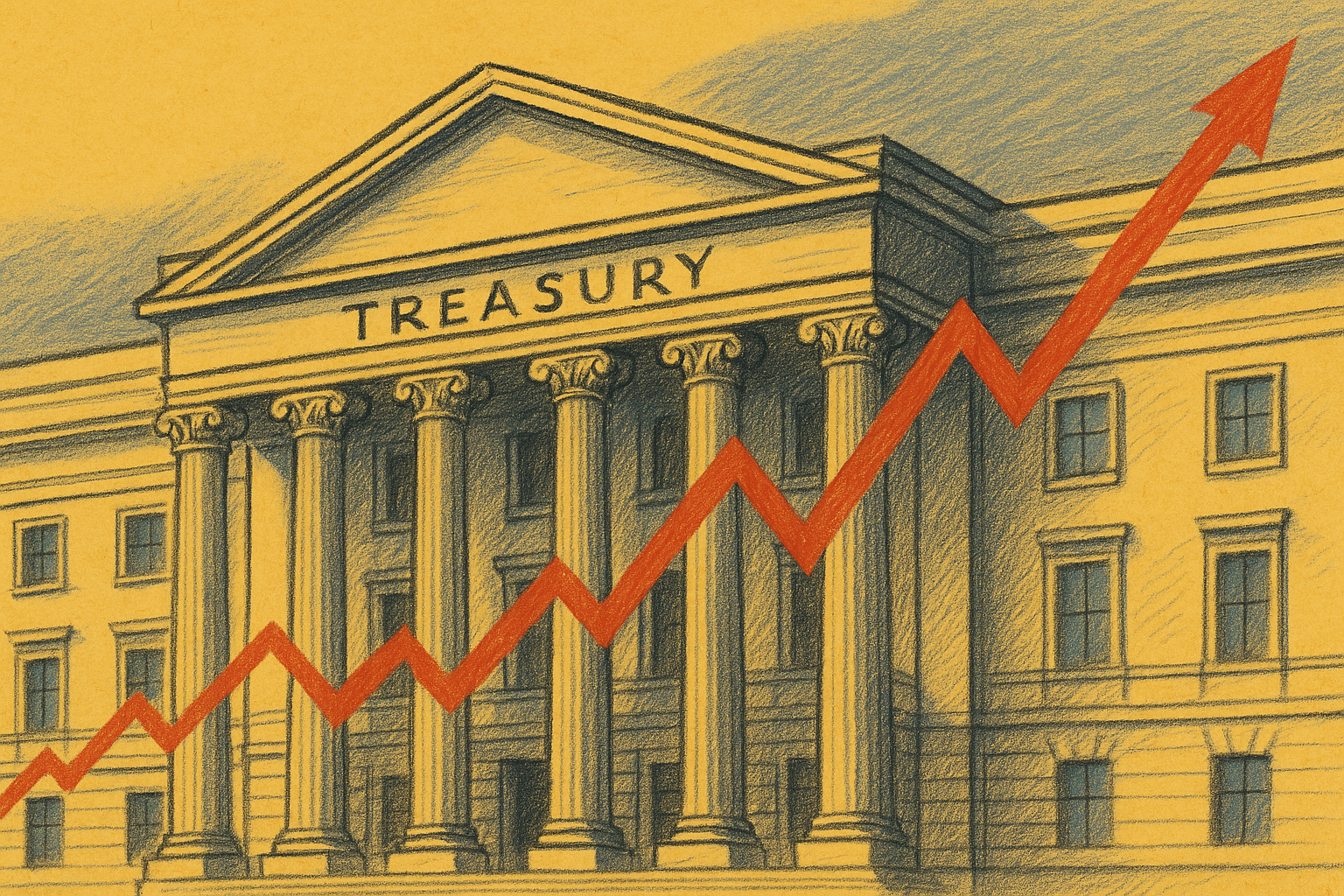The US labour market delivered another measured performance in September, with employment growth outpacing forecasts even as unemployment edged higher.
According to the Bureau of Labor Statistics (BLS), non-farm payrolls rose by 119,000 in September, well above consensus estimates of around 50,000. At the same time, the unemployment rate increased to 4.4 percent from 4.3 percent in August, reflecting both a rise in jobseekers and continued moderation in hiring momentum.
“The unemployment rate, at 4.4 percent, changed little in September,” the BLS said. The total number of unemployed people stood at 7.6 million, up slightly on the previous month.
Employment gains were concentrated in healthcare, which added 43,000 jobs, and in leisure and social assistance, which together contributed about 50,000. Transport, warehousing, and government roles declined modestly. Average hourly earnings rose by 0.2 percent on the month and 3.8 percent year on year — the smallest annual wage increase since 2021.
Chris Rupkey, chief economist at Fwdbonds, said the data underscored “a cautionary tale — the unemployment rate has hit a new high for this cycle, suggesting hiring appetite is cooling but not collapsing.”
For the Federal Reserve, the figures suggest that the economy continues to expand at a sustainable pace, with wage pressures contained. Markets interpreted the report as broadly neutral, with Treasury yields easing and the dollar softening slightly on expectations that rate cuts are unlikely before the end of the year.
While the September results were delayed by last month’s government shutdown, the underlying message remains one of steady, if slower, progress. Labour-force participation held at 62.4 percent, little changed from earlier in the year, and revisions to previous months were limited.
For businesses, the combination of stable employment and moderate pay growth provides a measure of certainty. Companies appear to be maintaining headcount rather than expanding aggressively — a sign that confidence is intact but tempered by higher borrowing costs and slower demand.
The next employment report, covering both October and November, will be released on 16 December. It will offer the first two-month combined snapshot of the US labour market in nearly two decades, following the data delay caused by the shutdown.





You must be logged in to post a comment.